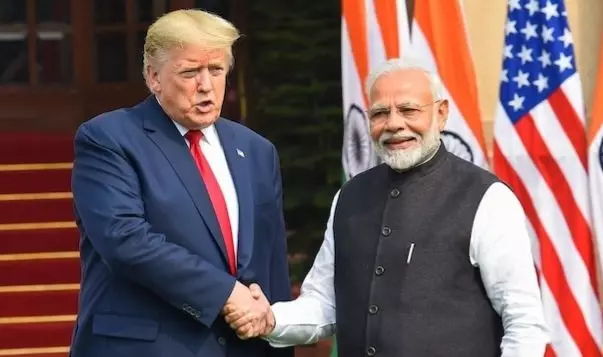HYDERABAD : Stories about food are the stories about us — our history and our values,”— Jonathan Safran Foer. Though Indian cuisine holds centuries of legacy, the landscape of Indian cuisine has significantly evolved over the years. The impact of different rulers shaped our food habits along with history. As Republic Day is around the corner, let us take a look into the history of food over the years and the evolution of Indian Cuisine during the 1950s and 60s.
Our current food habits were greatly influenced by our history. As the centuries changed, the rulers changed, bringing an obvious change in the way we live. Emphasising the evolution over the period, Chef Chalapathi Rao of Simply South explained, “Every era, be it ancient medieval era, Mughal era, colonial era, or the post-independence era, had something to offer us in terms of ingredients and various cooking techniques that we adopted over time.

For example, even in the ancient medieval era, seafood was prevalent as people travelled, relying on it for sustenance through barter systems. Millets and grains were also available for cooking. In the Mughal era, we saw the emergence of dishes like yogurt-based curries.
The Portuguese introduced different ingredients, leading to the incorporation of tomatoes and potatoes in our gravies, contributing to the diverse flavours we enjoy today.”
He added that street food culture and restaurants have significantly progressed post-independence. “Coming to the post-independence era, if we talk about the British, they introduced ingredients like bread. Food, in my opinion, has no barriers; it’s about the transfer of culture, ingredients, or cooking methods.
The noteworthy aspect post-independence is the increase in people dining out, leading to the evolution of various cuisines. For instance, in Kolkata, the Chinese who settled there influenced the creation of Indian Chinese cuisine. Street food, more than traditional food, gained life post-independence, with dishes like chaat and chole bhature becoming popular globally.
Migration post-independence played a crucial role, with classics like samosa having Middle Eastern or Mediterranean origins but gaining popularity worldwide.”

During colonial rule, Indians were mostly habituated to rice and wheat. Chef Meet Shah, Gaurang’s Kitchen, shared insights into dishes evolved post-independence that persist today, made using the same processes. “Ponk or Pounk, a Gujarati dish, gained fame for its rich nutrients and gluten-free nature. These are sorghum grains roasted and made into bhel or samosas.
Undiyo, another dish, remains traditional, made during festivals with indigenous vegetables and spices like rathalu, kandh, surti papdi, tuar dana, whole yellow and green turmeric, hara lasun, brinjal, potatoes, and bottle gourd.
The kadhi-khichdi combination, a comforting food in any region, has traditional recipes celebrated on special days. Gujarati, Marwadi, Siddhi, Punjabi, Assamese — all create spectacular kadhi-khichdi enjoyed by the young and aged alike.”





